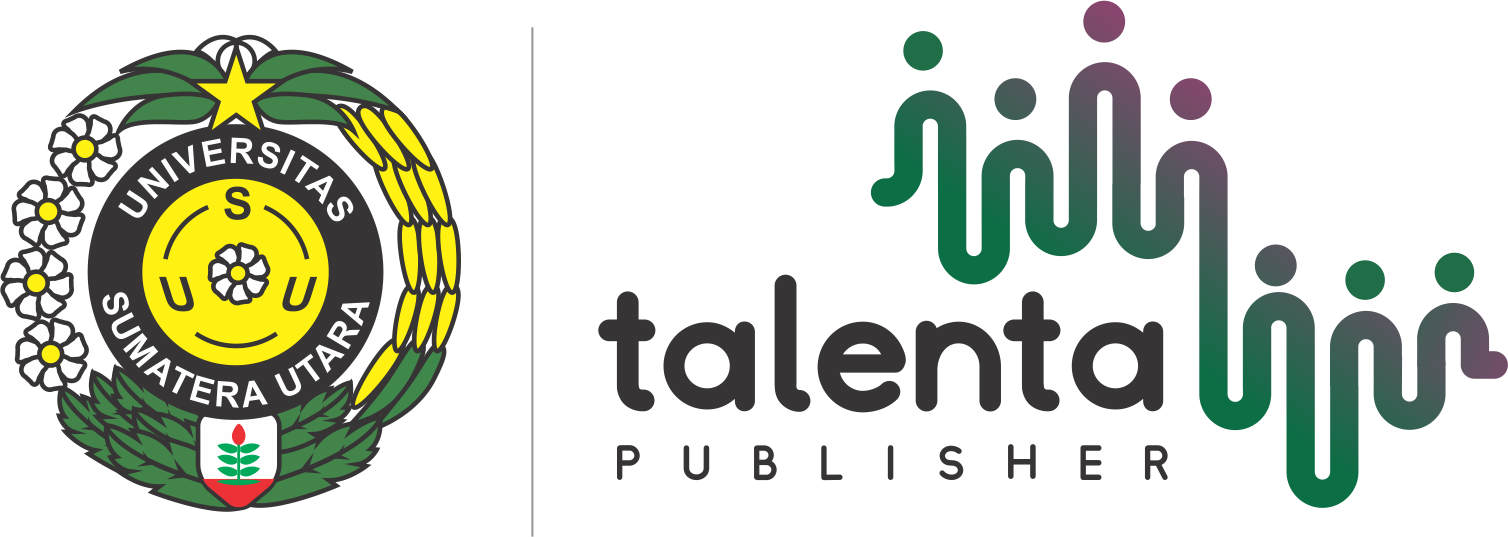Analisis Efektivitas Mesin Blister Dengan Metode OEE Pada Pembuatan Produk Obat Kontrasepsi
| Authors | ||
| Issue | Vol 8 No 1 (2025): Talenta Conference Series: Energy and Engineering (EE) | |
| Section | Articles | |
| Section |
Copyright (c) 2025 Talenta Conference Series: Energy and Engineering (EE)  This work is licensed under a Creative Commons Attribution-NonCommercial-NoDerivatives 4.0 International License. |
|
| Galley | ||
| DOI: | https://doi.org/10.32734/ee.v8i1.2652 | |
| Keywords: | Overall Equipment Effectiveness Total Productive Maintenance Mesin Blister Edible Straw Quality Funtion Deployment Straw Product Design | |
| Published | 2025-07-28 |
Abstract
Penelitian ini bertujuan untuk menganalisis efektivitas mesin blister di PT. XYZ menggunakan metode Overall Equipment Effectiveness (OEE). Mesin blister merupakan komponen kritis dalam proses produksi obat, dan kinerjanya sangat memengaruhi produktivitas perusahaan. Metode OEE digunakan untuk mengukur tiga faktor utama, yaitu availability, performance, dan quality rate. Data dikumpulkan dari catatan produksi bulan Januari hingga Juli 2024, meliputi waktu operasi, total produksi, dan produk cacat. Hasil analisis menunjukkan nilai OEE rata-rata mesin blister sebesar 53,15%, jauh di bawah standar internasional (>85%). Faktor availability menjadi penyebab utama rendahnya OEE dengan nilai rata-rata 68,23%, diikuti performance (80,48%) dan quality rate (96,69%). Penyebab rendahnya availability antara lain downtime yang tinggi, perawatan mesin yang kurang optimal, dan ketiadaan SOP yang jelas untuk menangani kerusakan. Diagram fishbone digunakan untuk mengidentifikasi akar masalah, seperti kondisi mesin yang sudah tua, kurangnya pelatihan operator, dan kualitas bahan baku yang tidak konsisten. Untuk meningkatkan OEE, penelitian ini merekomendasikan penerapan Total Productive Maintenance (TPM), pelatihan operator secara berkala, dan penerapan preventive maintenance. Dengan langkah-langkah tersebut, diharapkan produktivitas mesin blister dapat ditingkatkan sehingga mendukung efisiensi produksi secara keseluruhan.
This study aims to analyze the effectiveness of blister machines at PT. XYZ using the Overall Equipment Effectiveness (OEE) method. Blister machines are critical components in pharmaceutical production processes, and their performance significantly impacts the company's productivity. The OEE method is used to measure three main factors: availability, performance, and quality rate. Data were collected from production records from January to July 2024, including operating time, total production, and defective products. The analysis results show an average OEE value of 53.15% for the blister machines, well below the international standard (>85%). The availability factor was the primary cause of the low OEE, with an average value of 68.23%, followed by performance (80.48%) and quality rate (96.69%). The low availability was attributed to high downtime, suboptimal machine maintenance, and the absence of clear Standard Operating Procedures (SOPs) for handling breakdowns. A fishbone diagram was used to identify root causes, such as aging machine conditions, insufficient operator training, and inconsistent raw material quality. To improve OEE, this study recommends implementing Total Productive Maintenance (TPM), regular operator training, and preventive maintenance. With these measures, it is expected that the productivity of blister machines can be enhanced, thereby supporting overall production efficiency.





